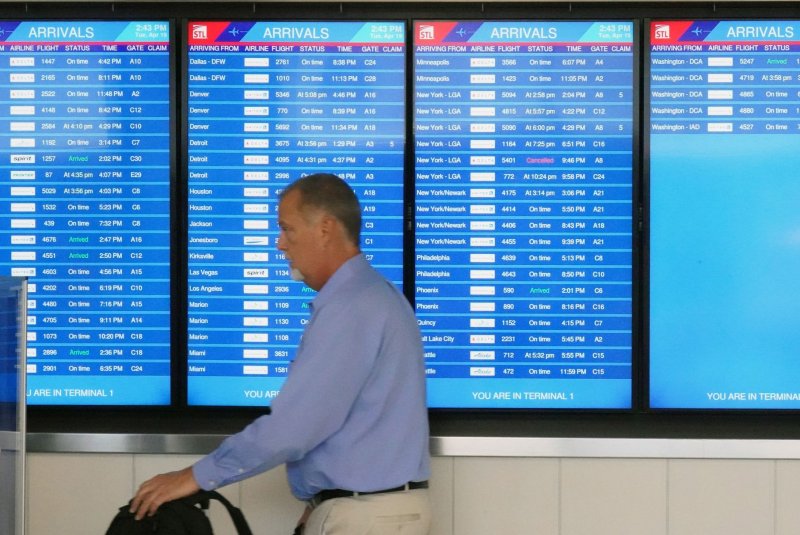June 13 (UPI) — The Centers for Ailment Control and Avoidance on Monday included 3 places to its “high” COVID-19 danger classification.
Mexico, New Caledonia and United Arab Emirates have been included to the “Stage 3: Significant” classification, the greatest hazard classification established by current COVID-19 instances.
Destinations in Degree 3 have described far more than 100 new COVID-19 cases for every 100,000 inhabitants in the earlier 28 times.
Mexico and UAE were previously specified as “Degree 2: Average” COVID-19 vacation challenges and New Caledonia was beforehand classified as not known, meaning the CDC did not have adequate knowledge about the virus in the nation to assign it a classification.
About 115 locations have been selected as Amount 3 dangers on Monday.
Before in the pandemic, “Degree 4: Extremely Large” was the best COVID-19 designation but in April the agency eliminated all nations from the classification and renamed it to “Degree 4: Unique Situations/Do Not Journey,” reserving it for “special situation, these kinds of as rapidly escalating scenario trajectory or exceptionally large scenario counts, emergence of a new variant of concern or health care infrastructure collapse.”
No places have been put in Stage 4 since the alter.
Level 2, which signifies 50-100 new COVID-19 scenarios for every 100,000 citizens in the past 28 days, also noticed a few new additions Monday, bringing the whole in the classification to 16.
Honduras and Saba had been downgraded from Stage 3, although Cape Verde was upgraded from Degree 1.
Cuba and Iraq on Monday have been downgraded from Level 2 to “Stage 1: Reduced,” which involves locations that have reported 49 or fewer situations per 100,000 inhabitants in the earlier 28 times.










More Stories
My 50th birthday celebrations in Amsterdam
Mumford Company Completes Sale of Two Limited-Service Hotels
Hevy Workout App Review: The up-and-comer taking the Fitness World by Storm (2022) incl. Discount Code